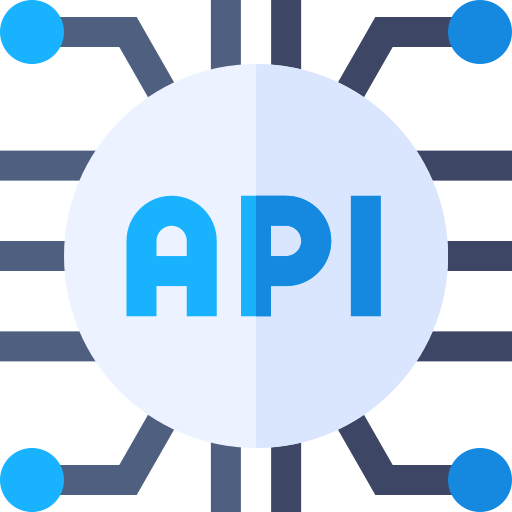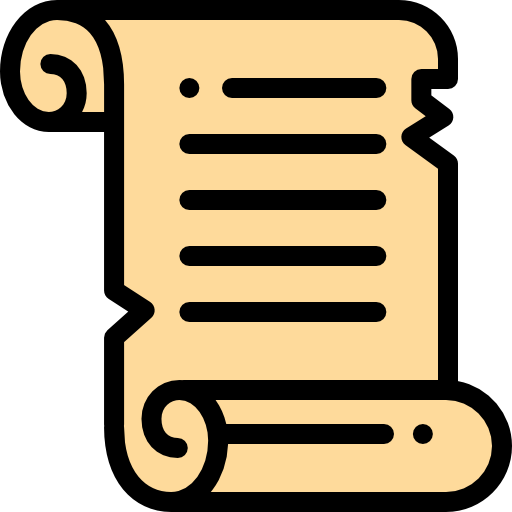
Hello World: The Iconic First Step in Programming
When you step into the world of coding, you often start with something deceptively simple: a small program that outputs two words, "Hello World." To many, this might seem trivial, but for those learning to code or creating their first application, it represents a significant achievement. It marks the beginning of a journey, one where those two simple words open the doors to a universe of possibilities.
In this blog, we'll explore what "Hello World" is, why it's used across the programming world, and how it's more than just a greeting. We'll also dive into its history, the many forms it takes, and why it's an essential milestone in a developer's career.
What is "Hello World"?
At its core, "Hello World" is a simple program that displays the phrase "Hello, World!" on the screen. It serves as a basic introduction to a programming language's syntax and structure. By creating this small piece of code, you get hands-on experience with key elements like setting up a programming environment, compiling code (if necessary), and executing the output.
This program is typically the first one people write when learning a new programming language because it’s simple, universally understandable, and helps ensure that everything is working correctly.
Here’s an example of a "Hello World" program in several popular programming languages:
-
Python:
-
JavaScript:
-
Java:
-
C:
No matter which language you’re using, the goal is the same: to introduce a beginner to the process of writing, compiling or interpreting, and running a basic program.
Why "Hello World"?
So, why "Hello World" and not some other phrase? It turns out there are several reasons, both practical and historical, for the ubiquity of this program.
-
Simplicity: "Hello World" is a simple phrase that is easy to understand. It's short enough to be typed quickly, but it demonstrates key concepts of any programming language.
-
Positive Feedback: For new learners, seeing those words printed to the screen provides an immediate sense of accomplishment. It's a quick win that builds confidence.
-
Familiarity: Almost every programmer has written a "Hello World" program at some point. It's a shared experience that forms a kind of rite of passage into the coding community.
-
Historical Significance: The phrase "Hello World" has been used in programming tutorials and textbooks for decades, largely due to its appearance in the influential 1978 book The C Programming Language by Brian Kernighan and Dennis Ritchie, the creators of the C programming language.
A Brief History of "Hello World"
The first known use of "Hello World" dates back to Brian Kernighan's 1974 book A Tutorial Introduction to the Language B. The B programming language was a precursor to the widely popular C programming language, and in the book, Kernighan used a program that printed "hello, world" as an example.
In 1978, when Kernighan and Ritchie published The C Programming Language, the "Hello World" program made a more formal appearance. As C gained popularity in the 1980s, and more people learned to code using that language, "Hello World" became synonymous with the first step in programming.
Since then, the program has been used in countless tutorials, books, and online resources for nearly every programming language ever created. It’s become more than just an exercise; it’s a tradition.
The Philosophy Behind "Hello World"
Though "Hello World" may seem like an unimportant or trivial program, it carries a deeper meaning. It embodies the philosophy of gradual learning that is crucial in mastering any programming language. Here's why it's so important philosophically:
-
Starting Small: Coding can be overwhelming for beginners, especially when you're learning syntax, logic, and problem-solving all at once. "Hello World" strips away complexity and helps learners focus on the basics.
-
Immediate Feedback: Unlike more complex programs that take longer to write and debug, a "Hello World" program gives immediate feedback. It either works, or it doesn't, and if it doesn't, the reasons are usually straightforward, like a missing semicolon or incorrect syntax.
-
Fundamental Building Blocks: Even though "Hello World" is incredibly simple, it introduces essential concepts such as syntax, compiling (or interpreting), running, and output—all building blocks for more advanced programs.
-
Debugging Practice: For new learners, making mistakes is part of the process. A "Hello World" program allows beginners to troubleshoot in a low-stakes environment. Debugging this small program teaches learners how to interpret error messages and fix their code.
"Hello World" Across Languages
While "Hello World" remains the first step in nearly every programming language, its form varies slightly depending on the language. Some languages require more boilerplate code than others.
-
Python: With its simple syntax, Python requires just a single line of code to output "Hello World," making it one of the most beginner-friendly languages.
-
C: In contrast, C requires a bit more setup, including including libraries and a
mainfunction. It’s a bit more verbose but gives beginners a peek into lower-level language mechanics, like memory management. -
Java: Java also requires a bit more boilerplate, with the program needing to be wrapped in a class definition and a
mainmethod. While this adds complexity, it also introduces learners to the structure of object-oriented programming. -
JavaScript: Since JavaScript runs in the browser or a console, it’s often a beginner's second language after HTML/CSS. Its "Hello World" program involves printing to the browser console, providing a quick intro to web development.
Each language uses "Hello World" to highlight its syntax, giving newcomers a taste of what to expect as they continue learning.
The Many Forms of "Hello World"
Although "Hello World" started as a simple string printed to the screen, modern developers have expanded on this basic idea. In some programming communities, people compete to write the most complicated or unusual "Hello World" programs.
For instance, the esoteric programming language Brainf*ck, designed to be minimalistic and confusing, requires a convoluted series of commands just to print "Hello World." Similarly, the Malbolge language is notoriously hard to code in, and even a basic "Hello World" program is a significant challenge.
Some developers also like to add personal touches or make their "Hello World" programs more interesting by animating the text, adding colors, or incorporating interactive features. The sky's the limit once you’ve mastered the basics!
Expanding Beyond "Hello World"
Once you’ve written your first "Hello World" program, where do you go next? The natural progression is to start adding more complexity to your programs. You can:
- Expand the output to include variables and user input.
- Add basic logic like conditionals (
ifstatements). - Experiment with loops and arrays to make your program more dynamic.
The path you take depends on your programming goals. For some, "Hello World" leads to building websites; for others, it may lead to working with data, developing apps, or even programming robots.
Regardless of the direction you choose, "Hello World" will always be your first step.
"Hello World" as a Cultural Icon
Beyond its practical uses, "Hello World" has transcended programming to become a cultural icon. It appears in memes, t-shirts, mugs, and posters, often as a symbol of the excitement and pride that come with learning to code.
In many ways, "Hello World" has become shorthand for beginnings. Whether you’re learning a new programming language or embarking on a career in software development, those two words are often where it all starts.
Conclusion: Hello, World, and Welcome
"Hello World" is more than just a simple phrase or the first program you write. It’s a symbol of the learning process, a nod to the challenges and victories that come with mastering new skills. It marks the beginning of a journey, and for those who are passionate about technology, that journey is often a lifelong one.
So, if you’ve written your first "Hello World" program or are planning to, congratulations! You’ve taken the first step into a world full of endless possibilities. And while your next programs may be more complex, "Hello World" will always have a special place as the one that started it all.

 筆記本
筆記本 系統筆記
系統筆記 部落格
部落格